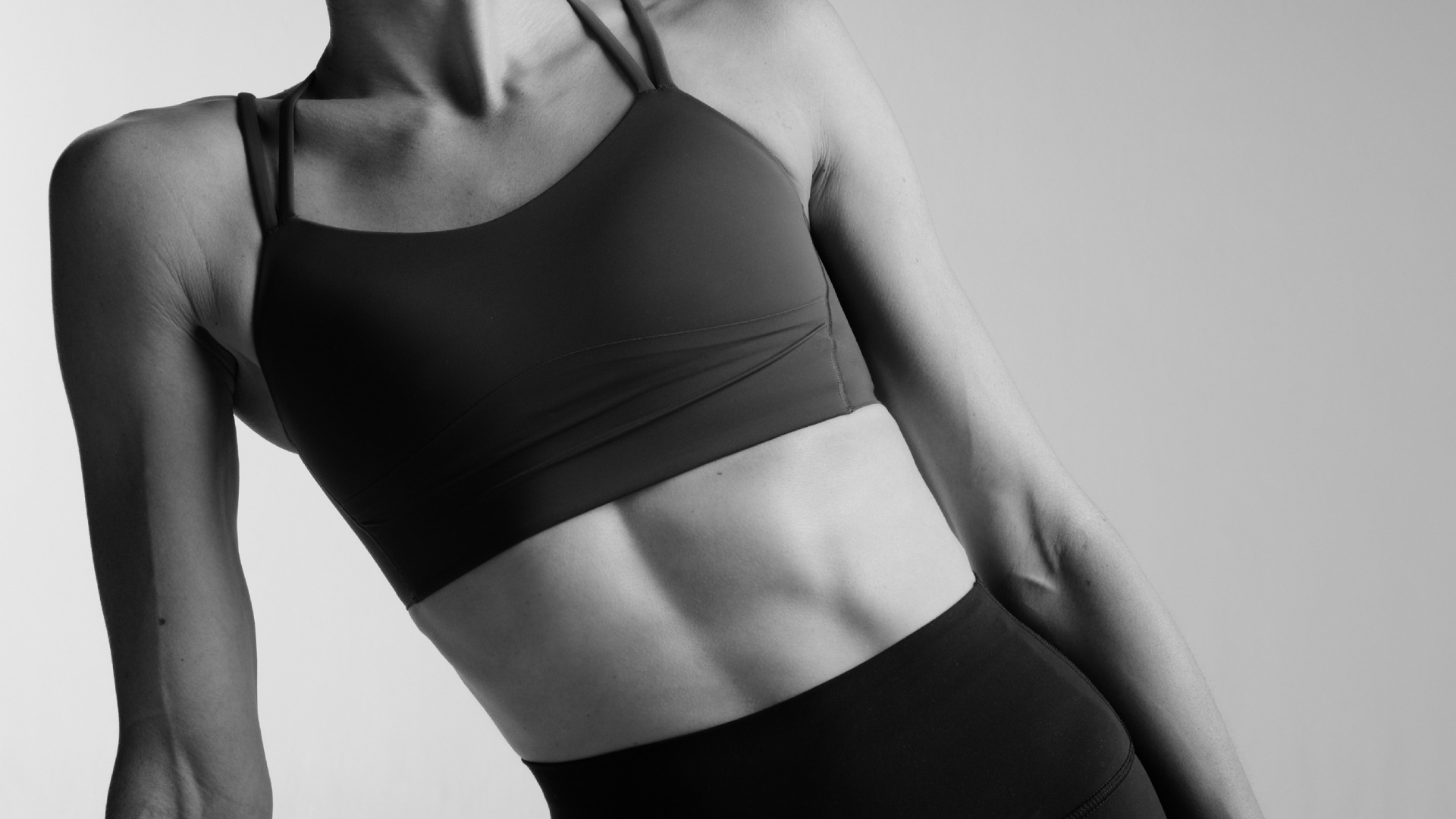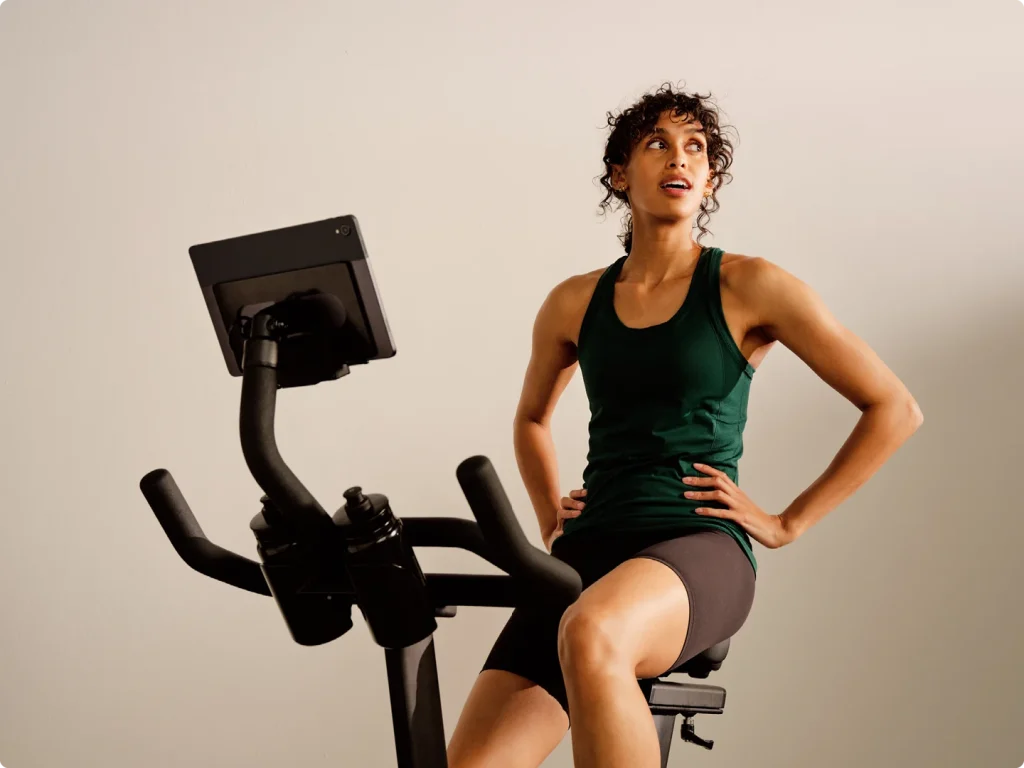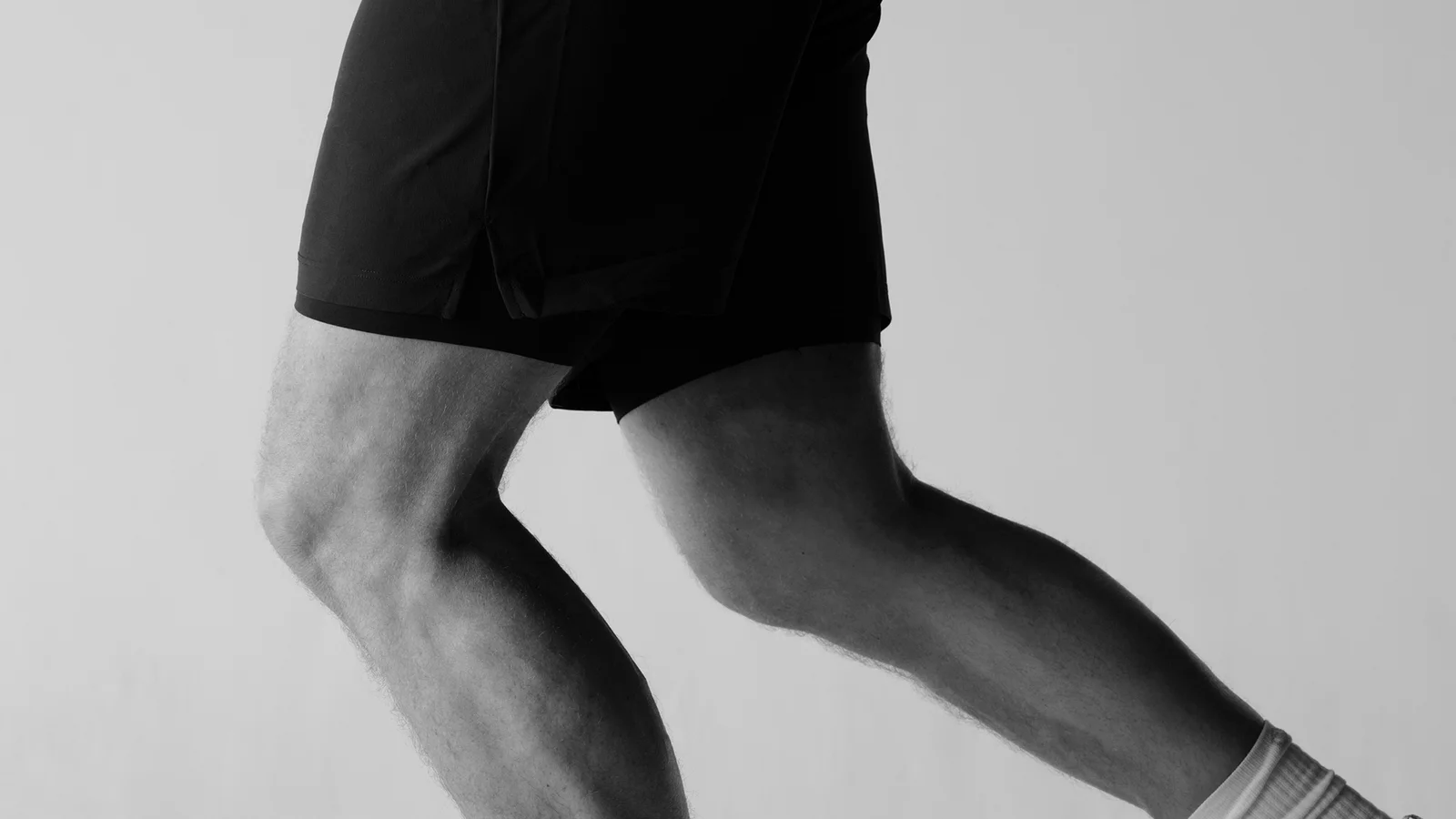Benefits of active recovery
Intense exercise causes tiny tears in the muscle fibers, decreases energy supplies, and leads to the accumulation of metabolic by-products. If you don’t give your body enough time to repair itself, you may experience symptoms of overtraining that include muscle fatigue, poor sleep, lack of energy, and even decreased immunity function.
Studies and fitness professionals suggest that active recovery can benefit your health and performance more than complete rest. While it is recommended to have no more than 3 high-intensity training sessions, or 5 regular training sessions per week for non-professional athletes, active rest workouts allow you to perform a non-strenuous physical activity every day. Optimal recovery entails restoring the capacity for each of the 3 energy systems to function once again at maximal levels.
High-intensity training causes increased production of lactic acid as a by-product of anaerobic metabolism. Excess lactic acid built up in muscles after training is the main reason for sore muscles. Muscle stiffness is another common symptom that arises after intense physical activity or muscle overuse. Unlike passive recovery, movement increases blood flow and helps muscles release lactic acid and toxins, reducing soreness. It stretches the stiff muscles making them more flexible. A study published in the International Journal of Sports Medicine compared the effects of the 4 recovery interventions introduced to 18 male cyclists between 2 cycling sprints: passive, active (50% maximal oxygen uptake), massage, and combined (involving active and massage components). The researchers found that active recovery was the most effective for removing blood lactate.
Studies suggest that active rest may improve athletic performance. It helps your body recover faster and increases performance during your next training session. According to the aforementioned research, combined recovery was the most efficient intervention for maintaining maximal performance during the 2nd sprint. In another study conducted by the American Council on Exercise, the athletes who ran or cycled until the point of fatigue recovered faster while continuing at 50% of their maximum effort versus stopping completely.
An active recovery day is a great opportunity to focus on other aspects of your fitness such as flexibility, balance, and kinesthetic awareness.
Active recovery helps avoid burnout and overtraining. Non-strenuous exercise offers a mental break after intense training, improves your mood and motivation, and helps to build mental stamina for regular hard workouts.
When to practice active recovery
There are 3 types of active recovery: rest periods in interval training, cooldown after exercise, and active rest days between workouts.
Interval training
Active recovery is often used in interval training during the rest periods between the exercise bouts. For instance, CAROL Bike’s REHIT program consists of 2x 20-second sprints performed at the supra-maximal intensity with a recovery period in-between where you pedal slowly for 1-3 minutes. Active recovery accelerates lactate washout from your muscles and improves your performance during the second sprint.
You can perform the same exercise at a slow pace (e. g. running, cycling, or swimming) as a form of active rest or do dynamic stretching and restorative yoga asanas during your total-body HIIT workouts at home.
Cooldown
During cooldown, your heart rate and blood pressure gradually get back to pre-exercise rates, easing your cardiovascular system out of the exercise session. It is recommended to allow 10-15 minutes for cooldown after training.
Active cooldown starts at 50% of the maximum heart rate gradually reducing the intensity from there. As in the previous case, you can continue your chosen exercise while gradually lowering its intensity. It is recommended to include stretching in your cooldown rather than in your warmup. At this time, your muscles are still warm and there is a lower risk of injury. Stretching helps to increase blood flow in targeted muscle groups and remove the waste faster, decreasing delayed onset muscle soreness. It improves flexibility and restores muscles to their resting length.
Active rest days
High-intensity training requires 24-48 hours of rest. You can schedule active recovery sessions for the next 2 days after a strenuous workout to make the most of your exercise routine. Low-intensity steady-state cardio, yoga, or stretching will facilitate muscle recovery. If you are doing 2 HIIT or REHIT sessions per week, you can increase your training time to 4 days by adding 2 active recovery workouts. Active recovery workouts are performed at a 30%-60% target heart rate.

Active recovery is important to give your body enough time to repair itself after each training session.
The best active recovery workouts
Walking
This is the easiest and most straightforward type of activity that you can try on your rest days. If you feel that you are too tired for a low-intensity training session, you can still take a 30-minute walk that will increase your blood flow, stretch your muscles, and increase the oxygen supply needed to replenish ATP and glycogen stores in your muscles. If you want an additional challenge, you can go hiking on uneven terrain to activate your glutes, core, and ankles.
30-minute cardio-based active recovery
A low-intensity steady-state cardio session is a recommended form of active recovery exercise since it effectively promotes blood flow. These sessions work well for improving your cardiovascular endurance. You can opt for various low-impact cardio exercises:
- Swimming is a low-impact activity that removes the effects of gravity and stretches the muscles and spine. Cool water reduces muscle soreness and inflammation.
- Cycling increases blood circulation without challenging sore muscles and joints.
- Light jogging promotes blood flow and oxygen uptake. Do it at a pace where you can maintain a conversation.
You can either target the same muscles you engaged during your high-intensity training to wash out lactate or you can use your active recovery workouts to do cross-training and engage different muscle groups on these days. For instance, if you did a high-intensity swimming session, you can opt for a Zone-Based Free Ride on CAROL Bike on your active recovery days.
Yoga
A gentle yoga flow will help you open up tight areas of your body, become more flexible, relax, and improve your quality of sleep. Yoga incorporates strength, stretching, and balance exercises creating a holistic experience for your body. Connecting movement to breath has a positive mental health impact calming down the sympathetic system responsible for chronic stress.
Tai chi
Tai chi is a form of martial art that is characterized by slow, flowing movements calming the body down and reducing stress. It includes stretching and balance exercises similar to yoga. Gentle movements of a wide range of motion are very beneficial for joints and can improve overall mobility.
Stretching
Stretching improves muscle flexibility and range of joint motion which may result in greater performance. However, there’s no consistent proof that stretching helps prevent muscle soreness or injury. There are 4 different types of stretching that you can incorporate into your active recovery exercises:
- Self-myofascial release: You can use a foam roller or massage tool to target the areas of pain and stiffness and relax contracted muscles. This helps to trigger points in your muscles so that your muscle fibers can realign and release tension and improves blood and lymphatic circulation.
- Static stretching: Static stretching exercise involves lengthening your muscle to its furthest point for at least 30 seconds.
- Active stretching: In active stretching, you activate and contract one muscle group to relax and stretch the opposite one. This way, your own muscles work as resistance. For instance, you can contract your arm’s biceps to stretch your triceps.
- Dynamic stretching: Unlike static stretching, during a dynamic workout, you use a different range of movement to stretch a targeted muscle.
Mobility exercises
A rest day is a great time for mobility training. Not only does it improve blood flow and stretch muscles, but it also increases your fitness potential during regular workouts.
Mobility workout focuses on the range of movements and motions your body can perform. It consists of diverse exercises on flexibility, balance, pliability, and strength. In addition to just stretching your muscles, it gives you better muscle control, promotes good posture, reduces joint deterioration, and improves all-around functional fitness performance. You will cycle faster, jump higher, do more push-ups, and achieve greater fitness goals.
Active recovery is a powerful tool to augment workout regimens, providing both physical and mental benefits. While it’s pivotal in enhancing overall performance, it’s also essential to listen to your body and take complete rest when needed.

Got a question? Let's book a call.
All our experts have MSCs in Exercise Science, and they’re here to answer your questions. Whether it’s about the science behind CAROL Bike, or general fitness advice, whatever’s on your mind—we’re here for you.


